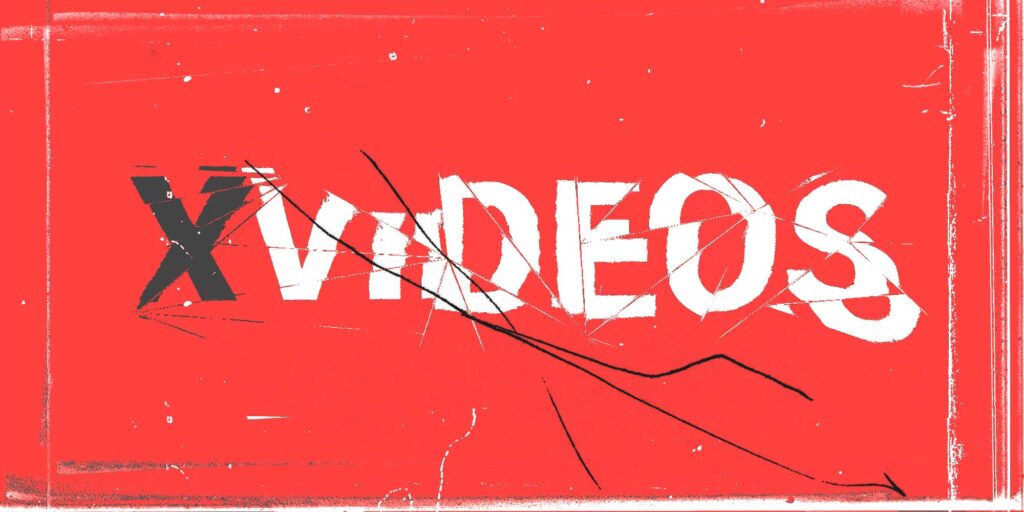NOV 16, 2020
An appeal from Osez le Féminisme!
Three French feminist organisations – Osez le Féminisme!, Le Mouvement du Nid, and Les Effronté.es – are delighted that following their campaigning, the Paris Public Prosecutor’s Office has decided to open a preliminary investigation against the company “Jacquie et Michel” for aggravated pimping and rape.

In the face of the flood of testimonies, this trial will be, thanks to the mobilisation of all of us and the courage of the women who are speaking out, a trial against the criminal system that is the “pornographic industry”, an opportunity to hear the survivors of this extreme male violence, and a chance to denounce and put an end to the impunity of pornocrats.
Alongside the victims, we want to support their heroic courage in speaking up and demanding justice. We want to offer them legal and psychological support, constant support at their side. Our associations are also considering becoming civil parties to weigh in on the trial alongside the victims.
To do this, we need resources: Based on 15 victims, we have evaluated a funding requirement of 81 KE (legal support phase 1 = 22%, legal support phase 2 = 55%, psychological support = 7%, transport and hotel costs = 3%, bailiff costs = 11%).
You can support this campaign by:
- Financially support the victims by making a donation through the HelloAsso platform (link)
- Supporting our desire to raise awareness and mobilise public opinion by relaying our visuals on social networks (to be found here and here).
Pornography: An Alibi for Hatred, Torture and Organised Crime
Pornography has no legally binding definition. However, this term hides a long list of violent and abusive acts which are severely punishable under criminal codes and by international conventions: torture, rape, abuse of vulnerability, pimping, human trafficking, incitement to sexist and racist hatred, sexist and racist insults… Words can be powerful, they can provide impunity for criminals.
All over the world, lawsuits and trials are multiplying and survivors are speaking out. In France, in September, a preliminary investigation against the pornography site “Jacquie and Michel” for rape and pimping was opened by the Paris Public Prosecutor’s Office. In October, four French pornographers were indicted for rape, pimping and human trafficking.
What is now referred to as the “porn industry”, with billions of dollars in profits worldwide (219,985 videos are viewed every minute on Pornhub), actually conceals large-scale criminal networks of pimping and human trafficking. The methods used by the porn video production industry are sophisticated and identical to those used by human trafficking networks: grooming, trust-building, submission through rape, exploitation, coercion, and reversal of guilt. It is based on the age-old and misogynistic myth of a woman as a sexual object who is eager for self-destruction.
The filming of sexual acts under economic and psychological coercion, sexual assault and rape, even acts of torture and barbarism are the daily reality of the pornocriminal system. It traps vulnerable women and forces them, in spite of their clearly expressed refusal or by surprise oftentimes, to participate in scenes of sodomy, double penetration, gang rapes, beatings, slapping, choking, suffocation, urination, facial ejaculation in packs… This abuse, rape and torture, leaves women with physical sequelae (anal or vaginal tearing, infection…) as well as serious psycho-traumatic scarring. A picture of a criminal system causing unparalleled violence emerges. This picture is so different from the one the people, who have an interest in making us believe that exploited women have “inordinate sexual appetites”, want us to have.
Only complacency can lead one to believe that a film shoot with extreme acts of violence, can provide something other than physical and psychological pain to the women subjected to it.
The impact of pornography is not limited to the women subjected to violence during the filming, but is imposed on society as a whole.
Pornography glorifies misogyny, racist and lesbophobic hatred and intolerance, resentment towards the poor, paedocriminality, humiliation and dehumanisation of women and girls. In two clicks you can find racist, paedocriminal and misogynistic titles such as “black teen gets fucked by white man” or “submissive slutty schoolgirl”.
Pornography conveys the idea that sexuality is inseparable from brutality. It legitimises violence against girls and women since it is based on sex essentialism: the notion that women are different by nature therefore they need to be degraded in order to experience pleasure. This is the same notion found in rape apology discourse. Thus, pornography caters to the patriarchal ideology that men should dominate women in society. Spanking, choking, corrective rapes… Pornography portrays women who “stay in their place”, subjected to the power of men. It glorifies male domination since it is inspired by, and perpetuate, violence against women.
The systematic imposition of these recurrent and ubiquitous images reduces the sexual imagination of individuals, as the studies cited by feminist sociologist Gail Dines in Pornland show. Thus, whereas sexuality should be a continuum of experience and learning, pornography leads to a dehumanisation of women that is found at all levels of society. Under the guise of freedom, “porn” is in fact the assertion of male sexual privilege, and the possibility for some to take advantage of women’s vulnerability in order to make a fortune.
Like racism, the glorification of hatred and humiliation of human beings -especially women- is illegal. Torture, barbaric acts, rape are criminal acts. The European Convention on Human Rights places the onus on member states to effectively combat all attacks on human dignity. The impunity enjoyed to date by the “porn” criminal networks is clearly a violation of international law!
Een reactie plaatsen